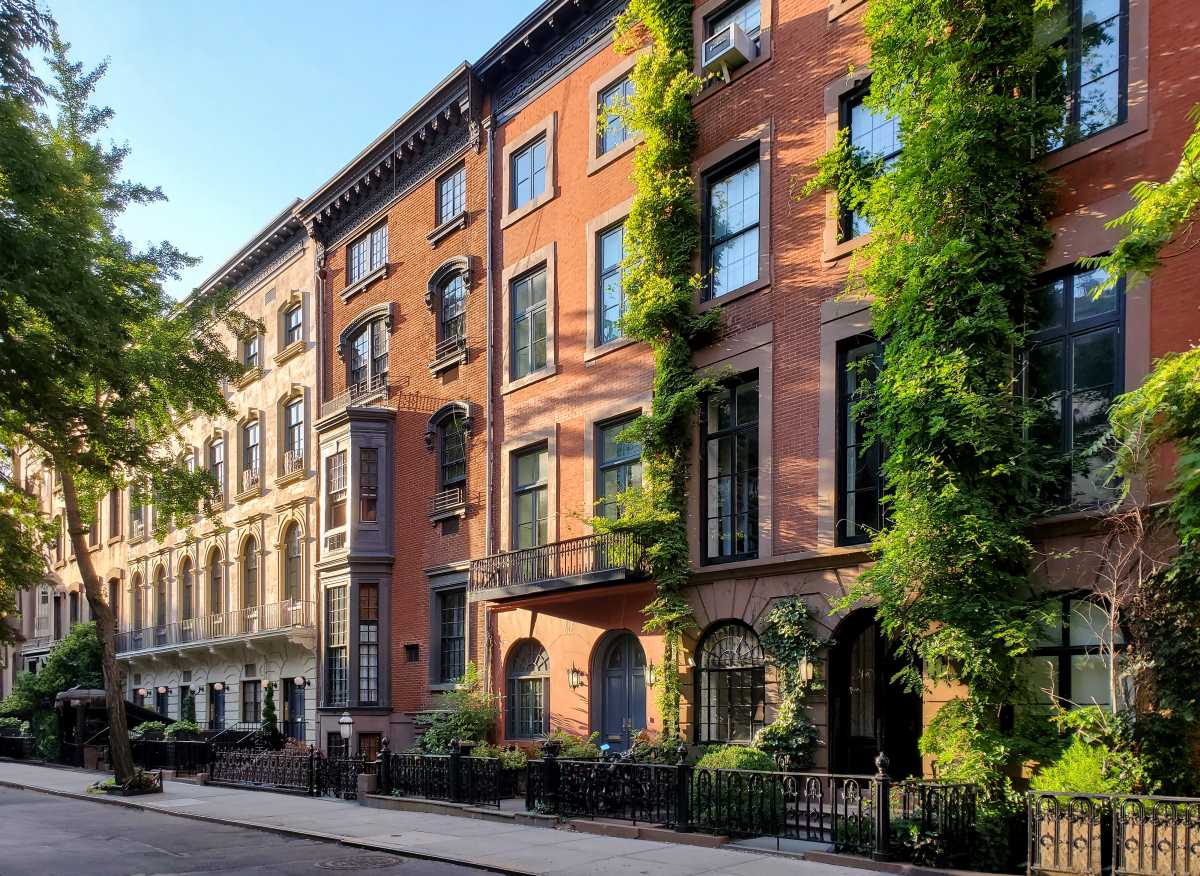
BY JACKSON CHEN | As a park advocacy group passes the torch to a new president, its goals of influencing the American Museum of Natural History’s Gilder Center for Science, Education, and Innovation expansion have also evolved.
On January 13, the Defenders of Teddy Roosevelt Park’s board of directors voted unanimously to make Adrian Smith president of the group that has adamantly opposed the museum’s expansion on Columbus Avenue. Smith, 55, succeeds Sig Gissler, the retired administrator of the Pulitzer Prizes at Columbia University.
The group, for the past six months, has raised alarms about the impact of incursions the museum’s expansion will make onto the Theodore Roosevelt Park that surrounds it.
Gissler, who will continue to focus on communications for the Teddy Roosevelt group, said Smith’s experience as a landscape architect made him a perfect fit for the role. Smith’s résumé includes work with Central Park, Flushing Meadows Corona Park in Queens, and the American Society of Landscape Architects.
Smith, who has his own landscape architecture and design firm, explained he planned to lead the group into what it considers “phase two” of its efforts regarding the museum’s expansion.
“This project is not all about science, education, and innovation,” Smith said. “It’s about fixing a lot of the ills built into this museum that they’ve been dealing with over the years.”
The museum’s conceptual plans, released on November 4, showed a design in which 20 percent of the expansion would be built on land currently within the park, with the remaining 80 percent being constructed within the museum’s existing footprint.
While the museum, in presenting the conceptual plans, emphasized how the design would alleviate congestion and flow issues for its visitors, Smith said officials there failed to mention a big part of the project. Smith and the Defenders’ efforts are now focused on the changes to a below-grade service driveway that would cut into the root space of trees within the park.
According to Dan Slippen, the museum’s vice president of government relations, the driveway is a critical loading and service area. Once the new building is completed, he said, the museum will have to redirect the underground portion of the drive. The museum, Slippen explained, is studying to determine the best way to tackle the service driveway while minimizing traffic and park impact.
According to Smith, the museum recently hired a consultant that specifically studies loading docks. The driveway, he said, was explained to him as a service access originally designed for horse-drawn carriages. Its current configuration, Smith added, forces trucks to enter a steep, cobblestone road that makes a 90-degree turn before reaching the point where drop-offs can be made.
The Defenders’ main concern with any redesign below grade is the potential for impact on the root systems of park trees.
“We’re trying to get them to reconfigure [the driveway] to avoid roots of those trees,” Smith said. “There’s a beautiful English Elm out there… it has certain cultural values, as well as horticultural values.”
Smith is hoping that the museum will work with his group in trying to save the tree by rerouting the driveway around its roots.
The Defenders are also looking to exert influence on other park design issues and, according to Gissler, hope to see creation of a landscaping committee that includes its members, elected officials, and local block associations. A separate group, the Friends of Teddy Roosevelt Park jointly maintains the park with the city Department of Parks and Recreation.
Asked about such a committee, Slippen said the museum was “definitely interested in community feedback, have sought it already, and will continue to in a number of ways.”
Separate from the Defenders’ efforts, a group of residents are continuing their push to quash the museum’s expansion altogether. Led by Cary Goodman, executive director of the Bronx’s 161st Street Business Improvement District, the residents staged a protest last month at the opening of a movie starring Tina Fey — who is a museum board member— and, on January 18, at the district offices of City Councilmember Helen Rosenthal.
Goodman, who has pushed for a Bronx satellite location for the museum instead of an expansion on Columbus Avenue, said he wanted another town hall meeting with a debate between opponents of the project and Ellen Futter, the museum’s president.
Despite the similarities in their concerns about the museum’s expansion, Goodman said the Defenders were giving up in their mission to stop the project altogether and that he didn’t consider them allies anymore.
As for the Defenders, their main charge has become trying to steer the museum’s efforts in creating a “world-class park” to go alongside the new science center.




































